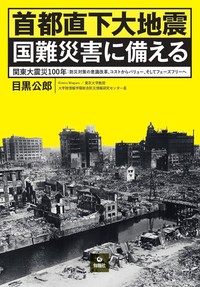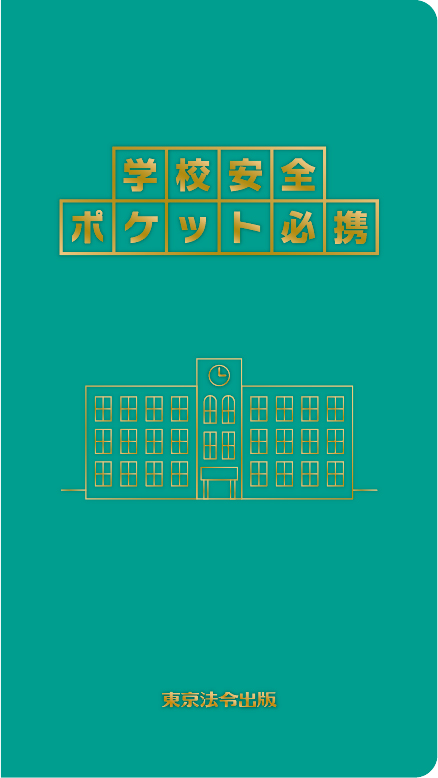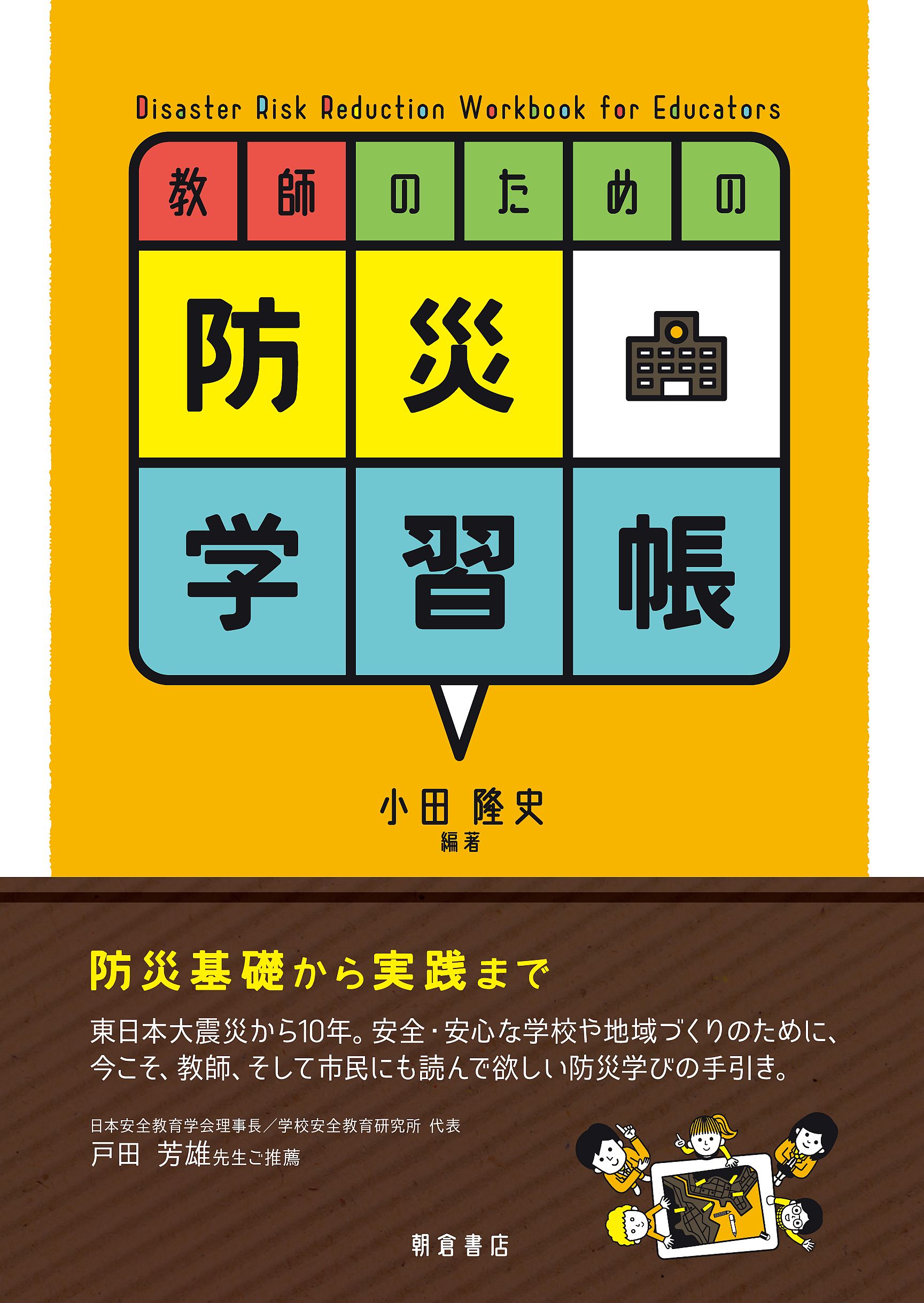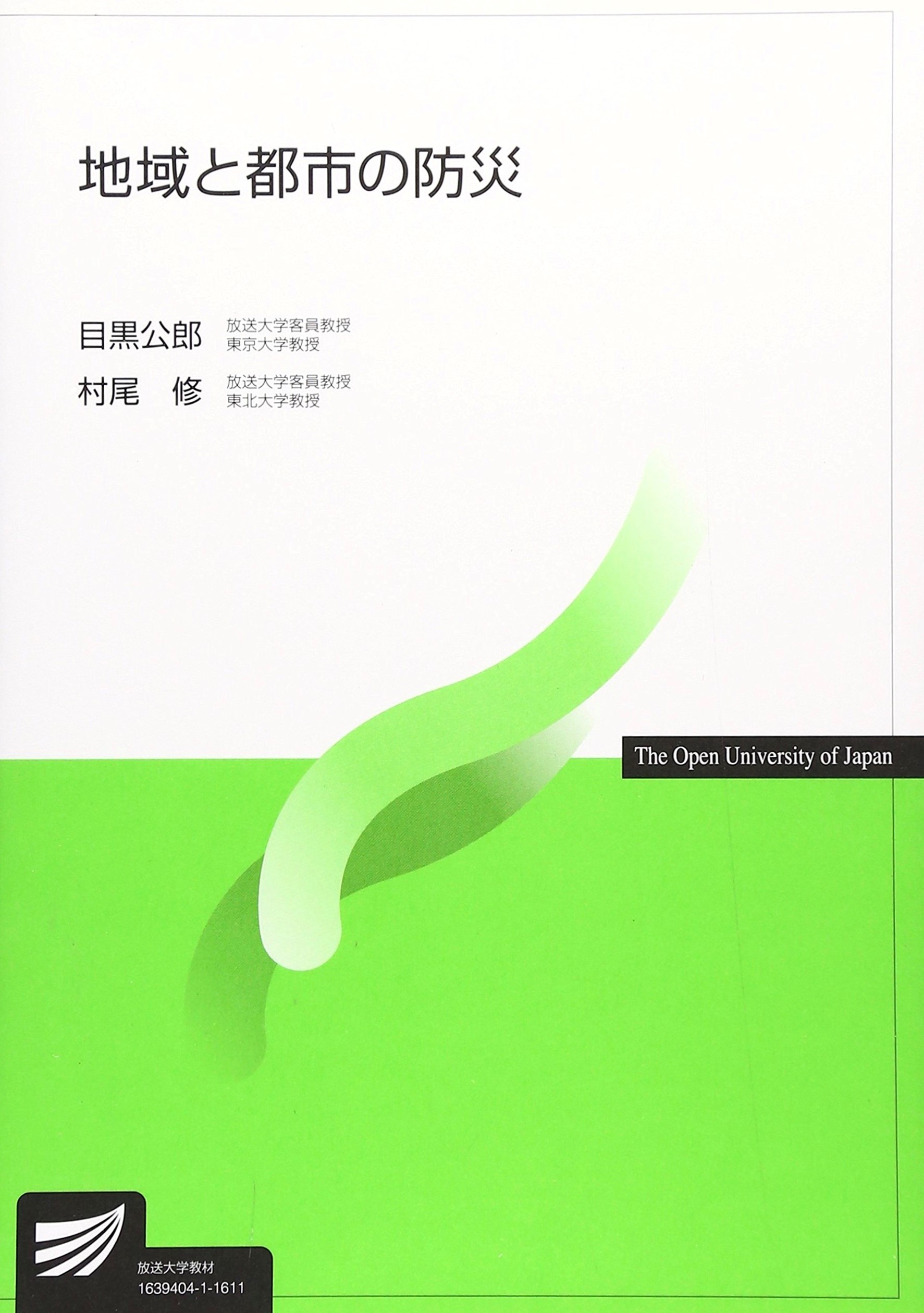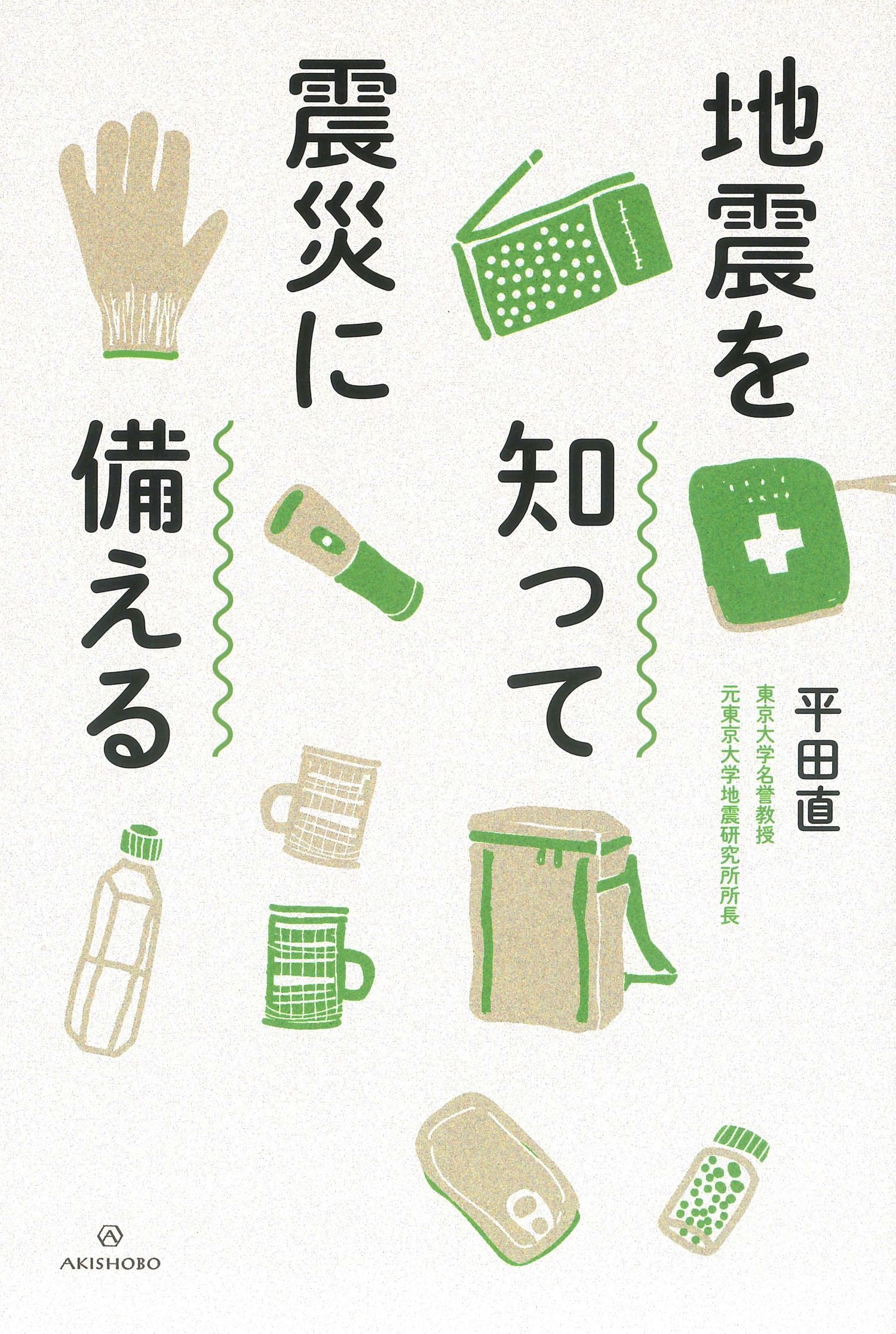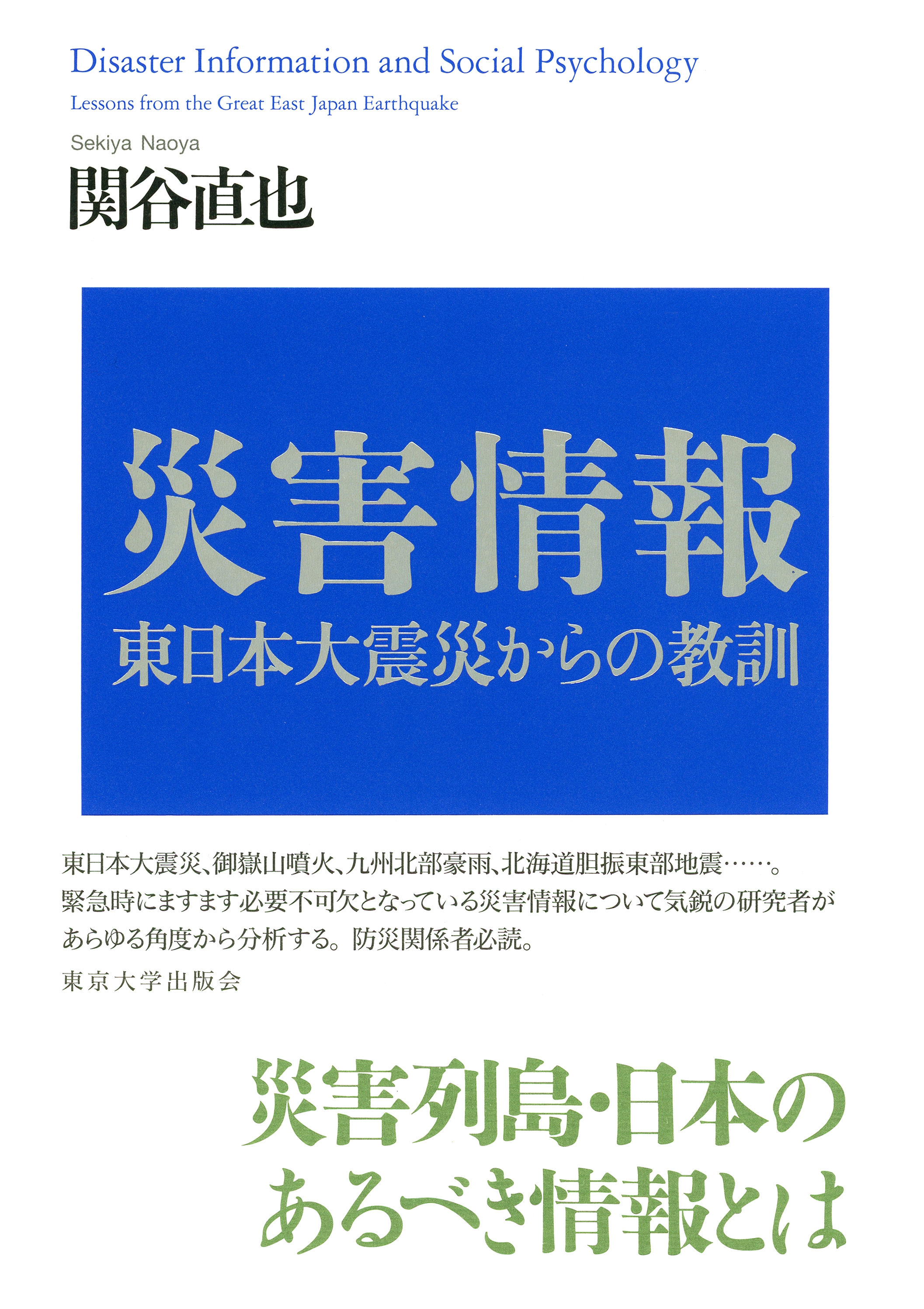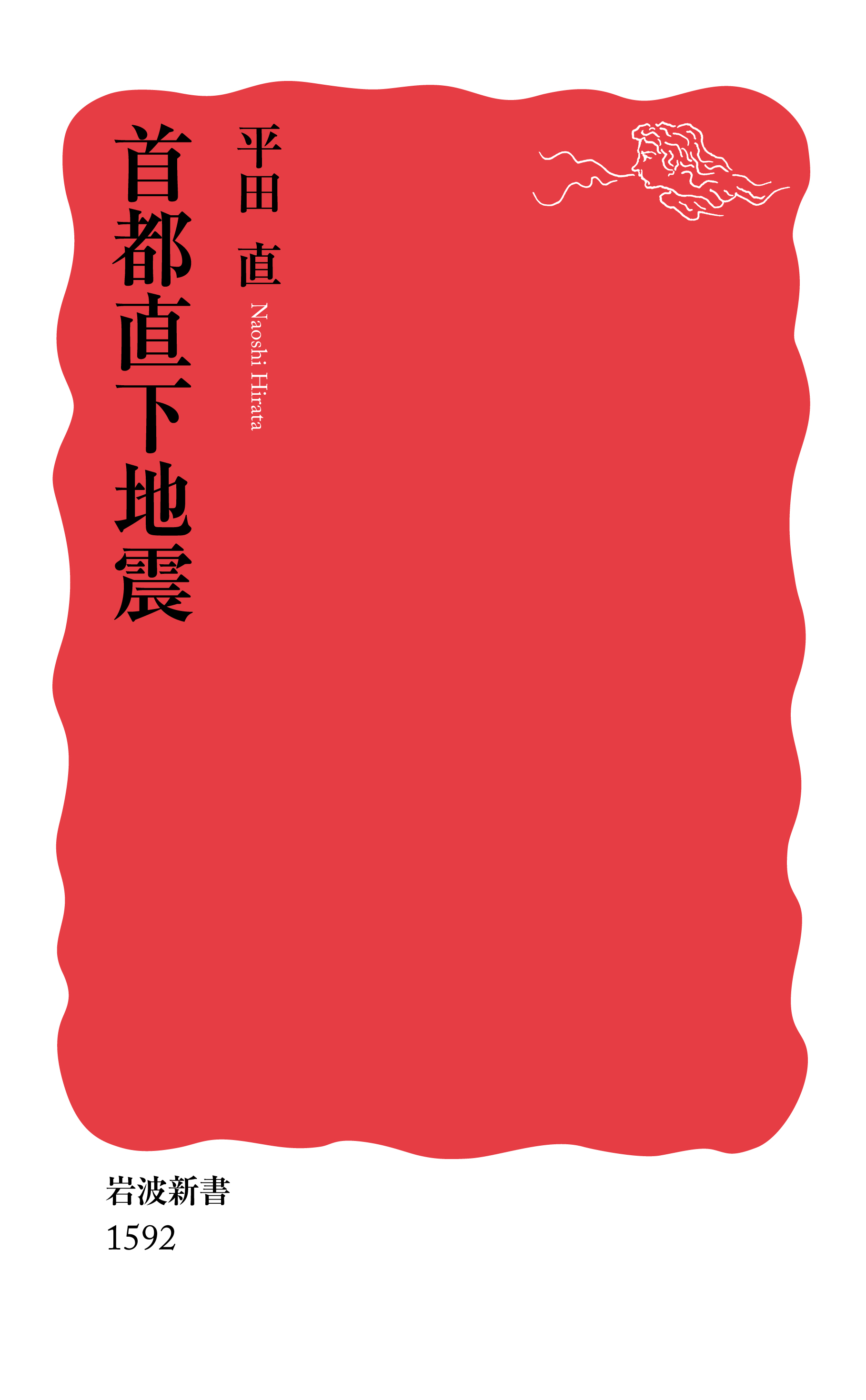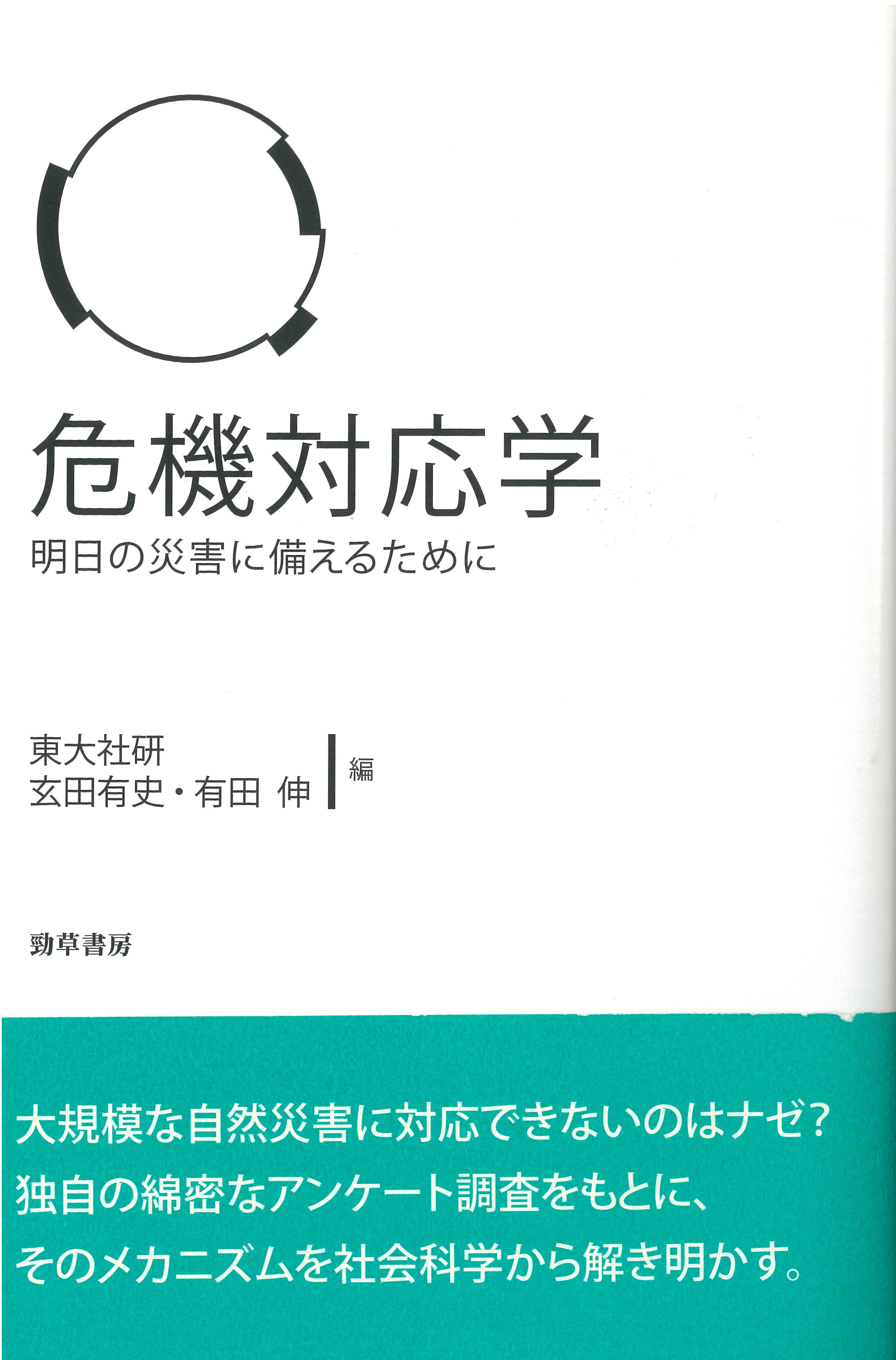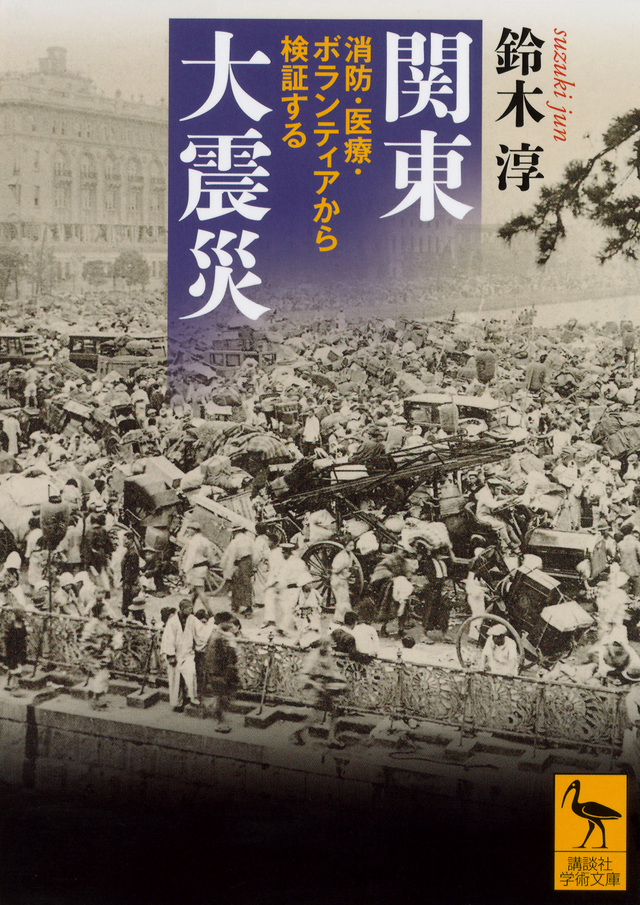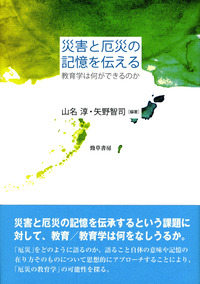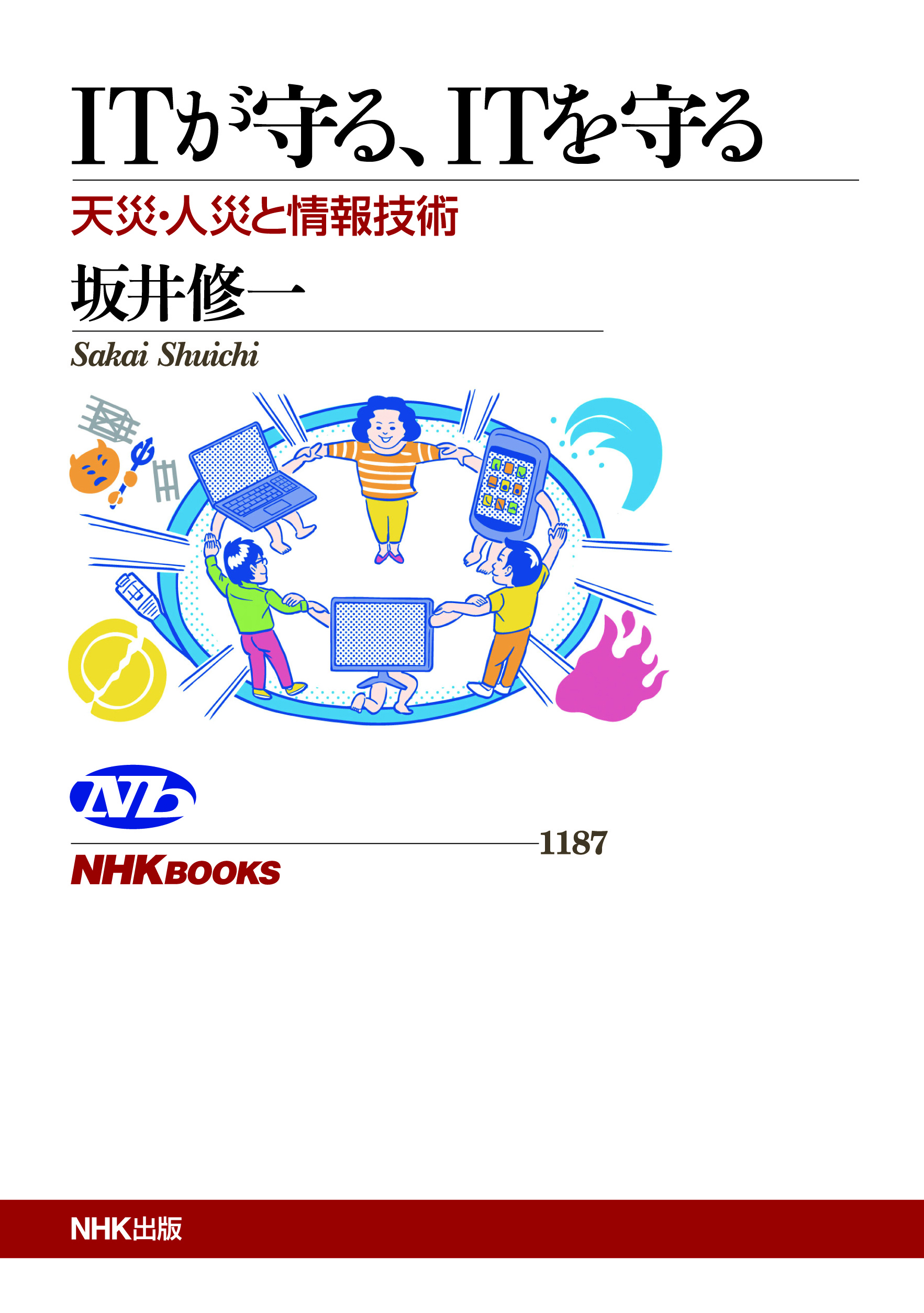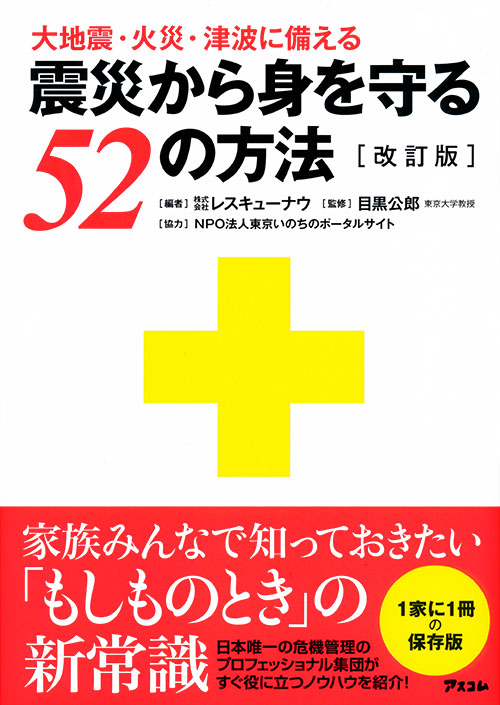
Title
Ojishin, Kasai, Tsunami ni Sonaeru Shinsai kara Mi wo Mamoru 52 Housoku (Preparing for Major Earthquakes, Fires and Tsunamis – 52 Ways to Protect Yourself from Earthquake Disasters)
Size
156 pages, A5 format
Language
Japanese
Released
March 03, 2017
ISBN
978-4-7762-0946-1
Published by
ascom inc.
Book Info
See Book Availability at Library
Even before the 2011 Great East Japan Earthquake, Japan had entered a period of especially frequent major earthquakes. In the next 30 to 50 years, it is thought that Japan will be hit by M8 (magnitude eight) earthquakes four or five times and by M7 earthquakes as many as 40 or 50 times. The Japanese Government estimates that the total damages caused by over M8 quake originating in the Nankai Trough could be as high as 220.3 trillion yen, causing more than 320,000 deaths, and the loss of 2,386,000 buildings. Likewise, an M7 earthquake, Tokyo metropolitan inland earthquake could cause 95.3 trillion yen of damages, 23,000 deaths and the destruction of 610,000 buildings.
Assuming that Japan’s total GDP is 500 trillion yen, this would mean that the latter type of earthquake could annihilate one fifth of the country’s economy, while the former could wipe out more than two fifths. With more than 340,000 deaths or missing persons and approximately 3,000,000 buildings destroyed, the number of households rendered homeless could be in the region of 6 million to 9 million.
In such circumstances, what can people do to protect themselves and their families? How can they minimize the damage to their property? This book is a revised edition of a best seller published in April 2011, describing numerous measures that people can take in the case of an earthquake disaster. The new edition includes insights derived from extended analysis of the Great East Japan Earthquake Disaster (which were not yet available in the immediate aftermath in 2011) and from subsequent disasters such as the Kumamoto Earthquake of 2016. The book presents the most up-to-date knowledge consensus on disaster preparedness with practical directions on what to do in the event of the next earthquake, fire or tsunami. It provides vital information that every citizen should know, and every household should have their own copy.
The book is full of concise bullets of knowledge that should enable people to protect themselves both before and after an earthquake. It also presents ways in which people can minimize damage to property both in advance of an earthquake and after it happens. Here is sample of the points contained:
Don’t be fooled by mistaken common sense!
- Why the direction to “immediately extinguish flames” is a big mistake
- Simple ways to prevent overturning of furniture
- The big lie of “walking home” – avoid needless walking
- Ways to check family members’ safety after an earthquake
- Prioritize home safety over stocking vital supplies
- A check list of easy ways to earthquake-proof your home
- Liquefaction – are your house’s foundations secure?
- Disaster management items based on the experience of survivors
(translated by David C. Buist)
(Written by MEGURO Kimiro, Professor, Interfaculty Initiative in Information Studies / 2018)



 Find a book
Find a book


